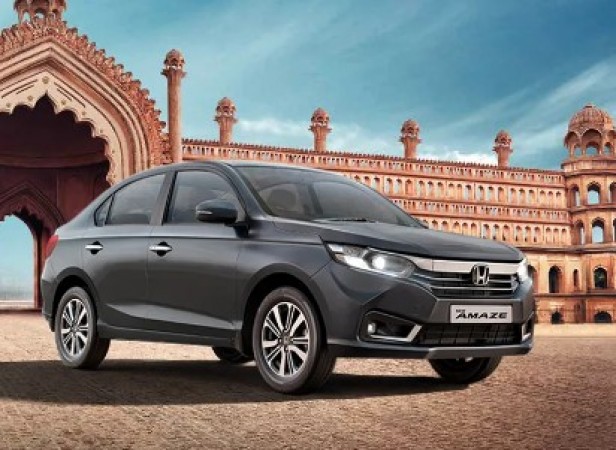
The latest buzz in the automotive industry revolves around the recent price hike of the Honda Amaze, stirring discussions among car enthusiasts and potential buyers alike. While the base variant remains unaffected, the overall increase in prices has caught many off guard, prompting questions and concerns about the rationale behind this move and its potential impact on the market.
Honda's decision to raise the prices of the Amaze lineup comes amidst a backdrop of evolving market dynamics, including inflationary pressures, supply chain disruptions, and rising input costs. Such factors often compel automobile manufacturers to recalibrate their pricing strategies to maintain profitability and sustain operations effectively.
Several key factors have contributed to the upward revision of the Honda Amaze's prices:
Inflationary trends, both globally and domestically, have been exerting upward pressure on production costs, including raw materials, labor, and logistics. These cost escalations inevitably trickle down to the end consumer through price adjustments.
Disruptions in the global supply chain, exacerbated by the ongoing pandemic and geopolitical tensions, have led to shortages and increased lead times for critical components. As a result, manufacturers face higher procurement costs and operational challenges, necessitating adjustments in pricing strategies.
Fluctuations in currency exchange rates can significantly impact import-dependent industries like automotive manufacturing. Currency depreciation or volatility may elevate the costs of imported components and technologies, prompting manufacturers to pass on these additional expenses to consumers through price hikes.
Compliance with stringent emission norms, safety standards, and regulatory requirements often entails investments in research, development, and technological upgrades. These additional expenses can contribute to the overall cost structure, influencing pricing decisions by automakers.
The price escalation of the Honda Amaze raises concerns among prospective buyers, as it directly affects their purchasing decisions and affordability considerations. While the base variant remains untouched for now, the overall increase in prices across other variants may deter budget-conscious consumers and impact sales volumes.
As prices continue to rise, consumers may explore alternative options within the same price segment or opt for pre-owned vehicles to mitigate the impact on their budgets. Additionally, financing schemes, promotional offers, and loyalty programs from manufacturers and financial institutions could provide some relief to prospective buyers.
The automotive industry is no stranger to price fluctuations, with market dynamics often dictating pricing strategies to maintain competitiveness and sustainability. Honda's price adjustment for the Amaze reflects a broader trend observed across the sector, as manufacturers grapple with cost pressures and market uncertainties.
In a competitive market environment, pricing decisions are not made in isolation but are influenced by competitor actions, consumer preferences, and market demand. As such, manufacturers must strike a delicate balance between cost optimization and consumer affordability to remain viable in the long run.
While the price increase of the Honda Amaze may raise immediate concerns, it underscores the challenges and complexities inherent in the automotive industry's pricing dynamics. Moving forward, stakeholders must closely monitor market trends, consumer behavior, and regulatory developments to adapt swiftly and effectively navigate evolving market conditions.
In conclusion, the recent price hike of the Honda Amaze underscores the multifaceted nature of pricing decisions in the automotive industry, driven by a confluence of internal and external factors. As consumers assess their purchasing options amidst rising costs, manufacturers and industry stakeholders must remain agile and responsive to ensure continued growth and sustainability.
Electricity bill will be very low, this smart plug will reduce the electricity bill by half
How different they will be from each other... Hyundai Creta's electric and ICE, understand